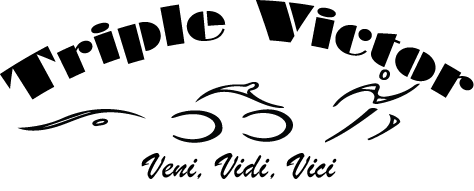Maximize Your Endurance Training by Syncing with Your Biological Clock
As an endurance athlete, you constantly strive to improve your performance, energy levels, and recovery. But have you ever considered how aligning your training and lifestyle with your unique biological clock could help you unlock your full potential?
Your circadian rhythm, or internal timekeeper, governs the fluctuations of hormones, enzymes, and blood circulation throughout the day. You can optimize your performance and overall well-being by synchronizing your training, nutrition, and rest with your biological clock (1).
Everyone’s biological clock is different, leading to variations in energy levels and preferences for certain times of the day. These variations are categorized into chronotypes and grouped into four distinct mammal-inspired categories: Dolphins, Lions, Bears, and Wolves (2).
- Dolphins: Intelligent and neurotic individuals with a low sleep drive and light sleep tendencies, making up 10% of the population.
- Lions: Morning-oriented and driven optimists, accounting for 15-20% of the population.
- Bears: Fun-loving and outgoing people who follow a solar-based schedule and have a high sleep drive, representing 50% of the population.
- Wolves: Night-oriented creative extroverts, making up 15-20% of the population.
Your chronotype is determined by genetics, specifically the PER3 gene. Those with a long PER3 gene require more sleep and tend to be early risers, while those with a short PER3 gene can function on less sleep and are more likely to be late risers (3).
As an endurance athlete, understanding your unique chronotype can help you plan your training, nutrition, and recovery periods to align with your body’s natural rhythms. Here’s how you can apply this knowledge to your training routine:
- Schedule key workouts: Determine when your energy levels peak, and schedule your most demanding workouts during these periods.
- Optimize recovery: Align your rest and recovery periods with your body’s natural downtime to maximize sleep and relaxation benefits.
- Plan nutrition: Coordinate your meals and fueling strategies around your chronotype to ensure you provide your body with the right nutrients at the optimal times.
- Enhance mental focus: Sync your mental training, such as visualization and goal-setting exercises, with your natural periods of heightened focus and concentration.
Tailoring your training regimen to your unique chronotype can unlock greater endurance, faster recovery, and improved overall performance. By understanding your biological clock and adapting your lifestyle accordingly, you can truly unleash your athletic potential.
References:
- Waterhouse, J., Reilly, T., & Edwards, B. (2004). The stress of travel. Journal of Sports Sciences, 22(10), 946-966.
- Breus, M. J. (2016). The power of when: Discover your chronotype–and the best time to eat lunch, ask for a raise, have sex, write a novel, take your meds, and more. Little, Brown Spark.
- Viola, A. U., Archer, S. N., James, L. M., Groeger, J. A., Lo, J. C. Y., Skene, D. J., … & Dijk, D. J. (2007). PER3 polymorphism predicts sleep structure and waking performance. Current Biology, 17(7), 613-618.



